A lice infestation is one that always causes alarm. Aside from the discomfort brought about by its itchiness, having lice can be a cause for embarrassment. What’s unfortunate is that it spreads quite easily, and that paves the way for multiple infestations within one household. So if you’re interested about lice and how to avoid an infestation, then read on to know more.
A lice infestation, otherwise known as Pediculosis, happens when hairy parts of the body, as well as clothing and other fabrics, become host to lice in all stages – including its eggs, larvae, and adults. It is considered highly contagious and starts when a person comes in close contact with a person infected with lice.
Can you get lice from a quick hug? How can you get rid of head lice? How long does an infestation last? These questions – and more – will be answered in this article.
Can Lice Infest Your House?
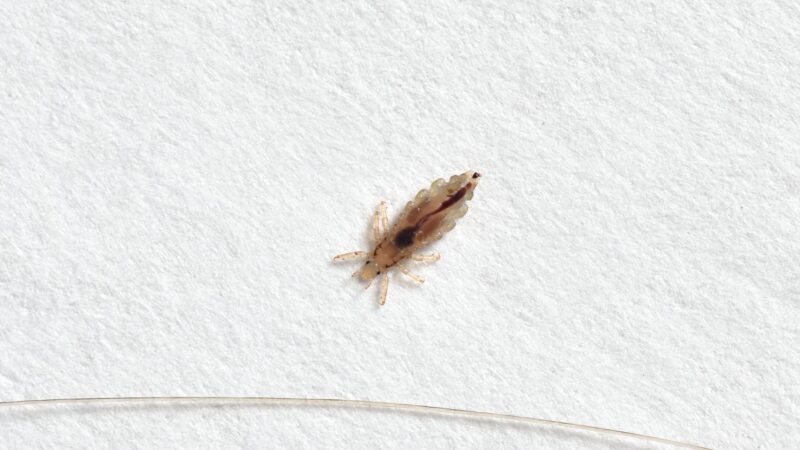
Lice can infest your house. But bear in mind that lice feed on blood, so they often stay on or close to humans. Aside from being found on your body, you can also find them on bed sheets, on the couch, and on other furniture that you often use. They can rarely be found on walls, ceilings, or hidden inside cracks and crevices.
Unfortunately, lice can easily spread within your household with only one carrier. This is especially true if you share a bed or a comb. Even a hug will be enough to cause these fast crawlers to transfer from one head to another.
What Does a Lice Infestation Look Like?
You can tell that there is lice infestation due to the presence of multiple lice and nits on the head, body hair, clothing, and furniture – which varies depending on the type of lice present. To give you a better idea, it’s best to discuss the different types of lice first.
Head Lice
The most common lice infestation reported is that of head lice. As its name implies, head lice are often found on people’s heads and hair and can sometimes even travel to a person’s eyebrows. Adult female head lice can give birth to up to 8 eggs per day, which can easily lead to an infestation.
You can tell if you have head lice infestation because lice and nits or eggs are quite visible. Also, it causes quite an unbearable itch since the saliva from head lice can trigger a reaction. However, it must be noted that some people do not get any allergic reaction to head lice saliva, so itching may not be a symptom. In this case, the only sign of an infestation is if there are visible lice and nits on their hair.
Body Lice
Another common cause of lice infestation is body lice. This type of lice is often found on clothing and fabrics on common furniture like sofas and beds. Body lice also feast on human blood, but it only gets close to the skin when it’s time to feed.
Body lice can deposit up to 300 eggs during their lifetime. And the fact that they often hide under seams makes them hard to spot.
You will notice a body lice infestation if you spot tiny black bugs on your clothing with white nits near the seams. If you find these on your clothes, you should also check your bed and chairs since they may also be found there.
Pubic Lice
Pubic lice are another blood-sucking insect that prefers to live in the coarse hair of a person’s genitals. Unlike head lice and body lice, pubic lice can only be transferred through sexual conduct, which means that an infestation would only be possible among sexually active adults.
Signs of pubic lice infestation include itching in the genital area, finding white dots on the pubic hair, and finding tiny red bumps from the lice bites.
For your easy reference regarding the differences between these three types of lice, you can refer to the table below:
| Head Lice | Body Lice | Pubic Lice | |
| Appearance | Tiny dark-colored bugs with elongated bodies. | Tiny light-colored bugs with bulb-shaped bodies. Slightly larger and longer than head lice. | Tiny dark-colored insects with round crab-like bodies. |
| Transmission | Direct contact with head lice carrier, sharing of combs or pillows | Direct contact of | Sexual intercourse |
| Where Found | On a human head and strands of hair | On clothing, fabrics on a bed sheet, and furniture, body hair | Pubic hair on the genital area |
How Long to Get Rid of Lice Infestation?
The length of treatment depends on the type of lice infestation. For head lice, treatment usually takes around two to three weeks. This also depends on how severe the case of infestation is. If the lice have been detected and treated at their onset, it’s possible to get rid of them as early as a week.
On the other hand, body lice can be treated within a week. Mild cases can be treated in a few days with proper hygiene and prompt cleaning of clothes and vacuuming affected furniture.
And finally, pubic lice can be treated within two weeks. It requires treatment involving the use of medicated lotions and prompt cleaning of underwear, clothes, and bed sheets.
How to Stop Lice Infestation?
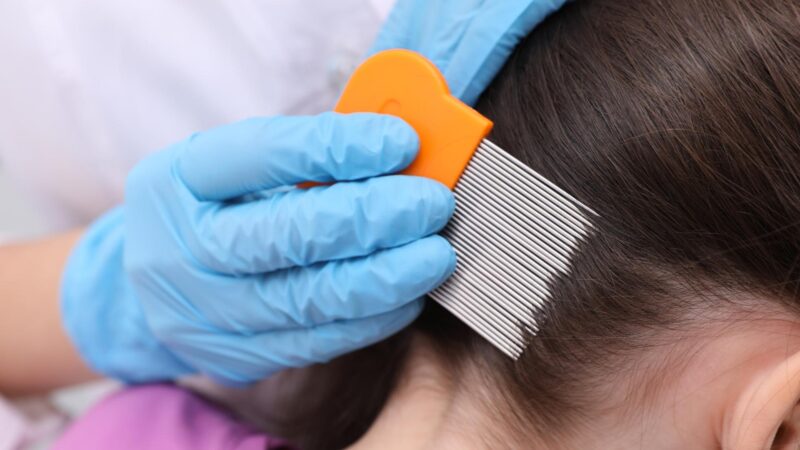
For head lice, getting rid of lice infestation means using medicated shampoos to kill the lice. However, some of these shampoos only kill adult head lice – and not the eggs. As a result, you have to use the shampoo again after a week once the eggs hatch to make sure that no lice would survive.
Also, it helps to use a nit comb to make sure that the dead lice and nits are successfully removed from the hair.
For body lice, the best way to get rid of it is by improving one’s personal hygiene. Taking a bath regularly, making sure that clothes are thoroughly washed, changing bed sheets, and regular vacuuming can help get rid of body lice within a week. It also helps to put the infested clothes in a high-heat dryer to make sure both lice and nits are dead.
For pubic lice, the infestation can be treated using medicated lotion or mousse which is applied to the genital area. Also, infected clothing and bed sheets should be washed and treated in a high-heat dryer. This treatment will get rid of pubic lice within two weeks.
What Is Head Lice Infestation?
Head lice infestation, otherwise known as pediculosis capitis, is an occurrence when a person’s head and neck become host to the parasitic head lice. It is determined by the presence of adult lice and lice eggs, otherwise referred to as nits. Aside from lice and nits found on a person’s head, some head lice can transfer to combs, pillowcases, and bed sheets.
How Many Head Lice Is an Infestation?
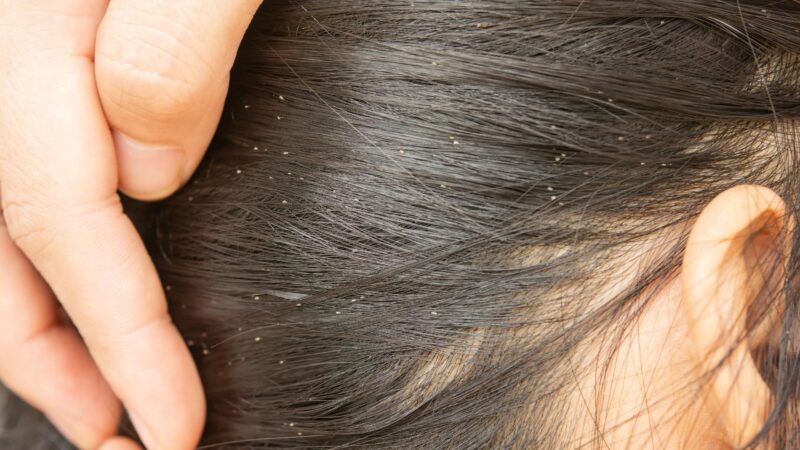
To be considered an infestation, experts believe that there should be around 10 live lice found on a person’s head. This usually happens around four to six weeks from the transmission of the first lice. The infestation is usually characterized by itching and the presence of nits.
How Is Head Lice Infestation Treated?
Head lice infestation is treated using medicated shampoo. Over-the-counter anti-lice medication usually includes permethrin, which is considered the safest ingredient. This medicated shampoo is used every three days until all head lice are dead.
Combing wet hair with a hair nit also helps since it can pull dead lice and nits away from the hair shaft. This should be done every day until no more nits and lice can be picked up by the comb.
For severe cases, it’s best to have oral medication prescribed by a doctor. This is to ensure prompt treatment and reduce the discomfort brought by the itchiness.
Can Head Lice Infest Pubic Hair?
Head lice cannot infest pubic hair as head lice are different from pubic lice. While both feed on blood, head lice prefer to live on a person’s head and the shafts on its hair. It does not travel throughout the person’s body.
On the other hand, pubic lice or crabs prefer the coarser hair on the genital area. Also, they can only be transferred through sexual contact. Thus, only pubic lice can infest pubic hair.
What Is the Fastest Way to Get Rid of Lice?
The fastest way to get rid of lice is through heat. It has been observed that lice and lice eggs die when exposed to high temperatures of around 130 degrees Fahrenheit for a minimum of five minutes. In this case, lice that have crawled to beddings, towels, and pieces of clothing can be killed by washing them in hot water or by drying them on high heat.
How Can You Tell Lice Eggs Are Dead?
You can tell that lice eggs are dead or empty when they already appear flat and gray. Nits containing live embryos usually appear to be plump and brown.
Can You Get Lice From a Quick Hug?
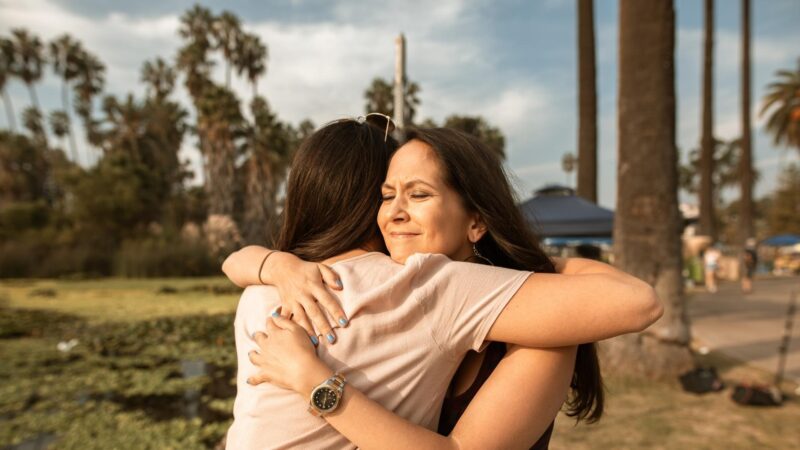
You can get lice from a quick hug but it’s not very likely. Lice spread by crawling from one host to another – they do not jump or fly. However, they are fast crawlers and can easily move from one host to another. If both heads touch during the hug, that would be enough for a louse to crawl to the other host. And that can be the start of an infestation.
How Long Can Lice Live on a Couch?
Lice can live for up to 24 hours without drinking human blood. With that said, they can live on a couch for up to 24 hours.
How Long Can Lice Live In Your Bed?
Lice can live for up to 24 hours on nonhuman surfaces without eating. With that said, lice can live on your bed for up to 24 hours, given that it does not feed on you while you sleep. However, if it feeds on you from time to time, it can last up to two days.
Can You Drown Lice in a Bath?
You cannot drown lice in a bath. It has been observed that adult lice can hold their breath for up to eight hours, with some even surviving up to 14 hours. And even beyond the 14-hour limit, only adult lice may die. The eggs will remain and hatch to produce more lice. With that said, drowning lice is not the most feasible solution.
Can Lice Survive a Hair Straightener?
Lice may not be able to survive a hair straightener. As previously discussed, lice do not survive high temperatures of 130 degrees Fahrenheit or higher. Since a hair straightener’s heat temperature usually ranges between 250 and 375 degrees Fahrenheit, lice cannot survive it.
How to Clean Lice-Infested Brushes?
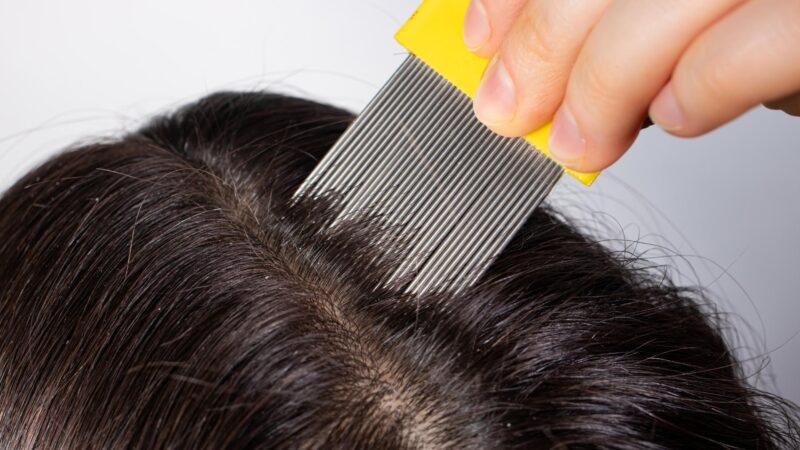
Head lice can transfer to combs, hair brushes, and other hair accessories, which is why you should also clean them in case of an infestation. Fortunately, it’s quite easy to clean these accessories.
To do so, simply soak the items in hot water that’s at least 130 degrees Fahrenheit for 15 minutes or longer. Make sure that there are no hair strands left on each accessory that could still be host to nits or lice nymphs.
All things considered, having lice can be annoying. Aside from the unbearable itch, it’s also quite embarrassing. Fortunately, it’s highly treatable, especially if you know which type of lice you’re dealing with. But remember that prevention is always better than cure. To make sure that you don’t suffer from lice infestation, proper hygiene is always the key.
List of Sources
Head lice infestations: A clinical update. (2004). Paediatrics & child health.
Pediculosis (lice, head lice, body lice, pubic lice, cooties, crabs). (2011). New York State Department of Health.
Taravati, S. (2020). Distinguishing Between Crab, Body, and Head Lice. Agriculture and Natural Resources, University of California.
Knowing the Difference: Head, Body, and Pubic Lice (Pediculosis). (2015). Iowa Department of Public Health.
- How to Get Rid of Turtles | Proven Long-Term Solutions! - August 26, 2023
- How to Get Rid of Kingsnakes | Easy & Humane! - August 26, 2023
- How to Get Rid of Northern Water Snakes | Best Solutions and Preventative Measures! - August 19, 2023
